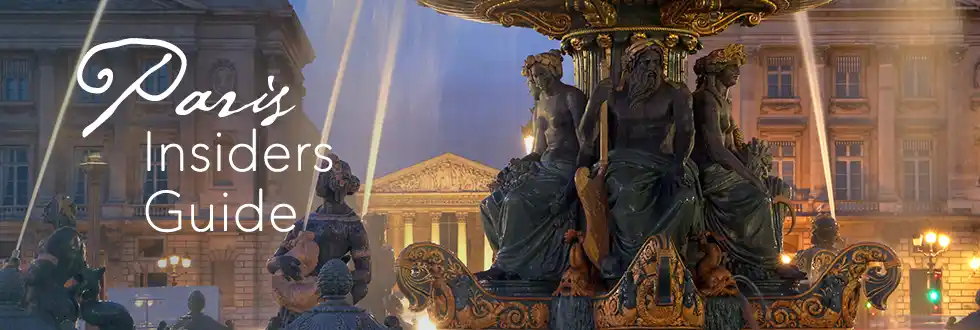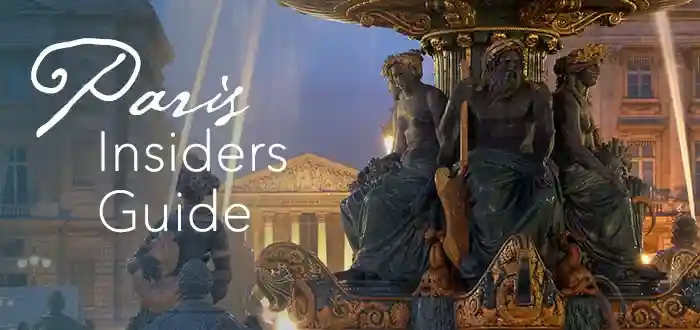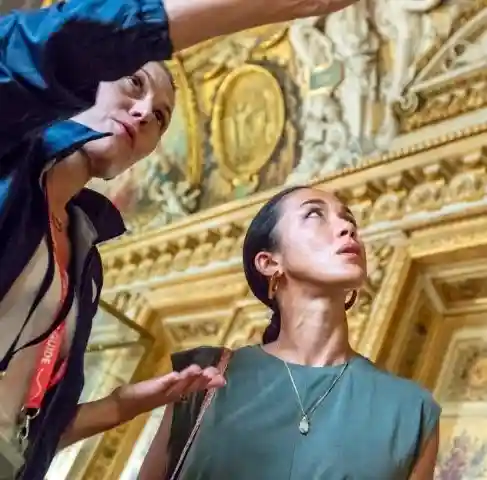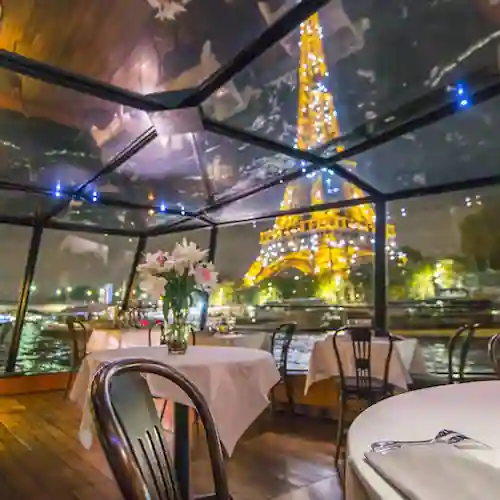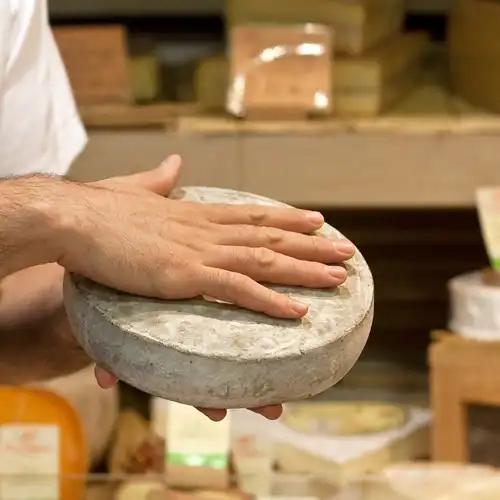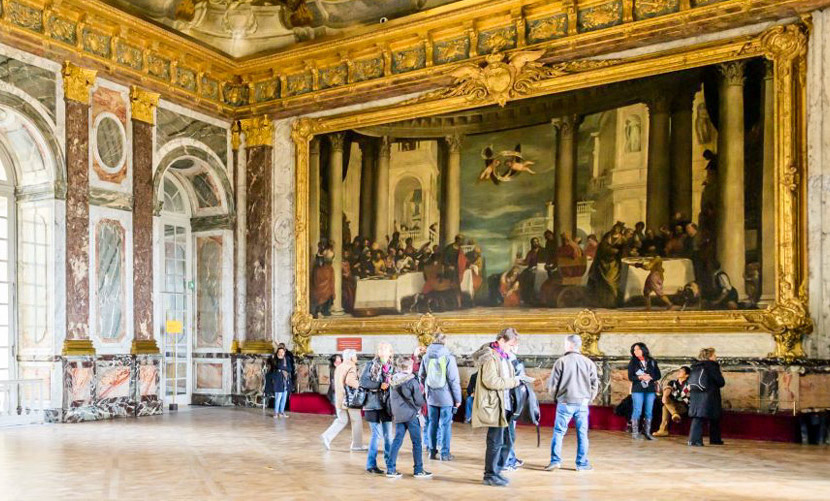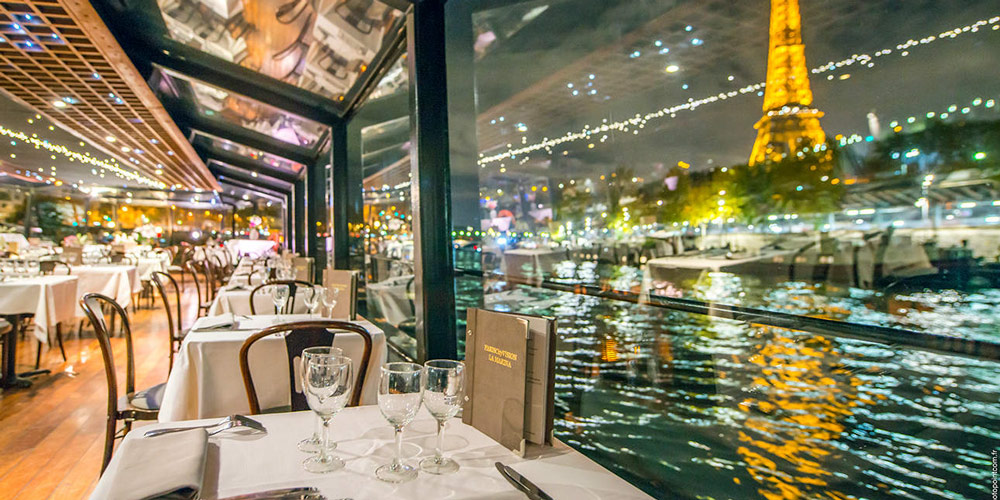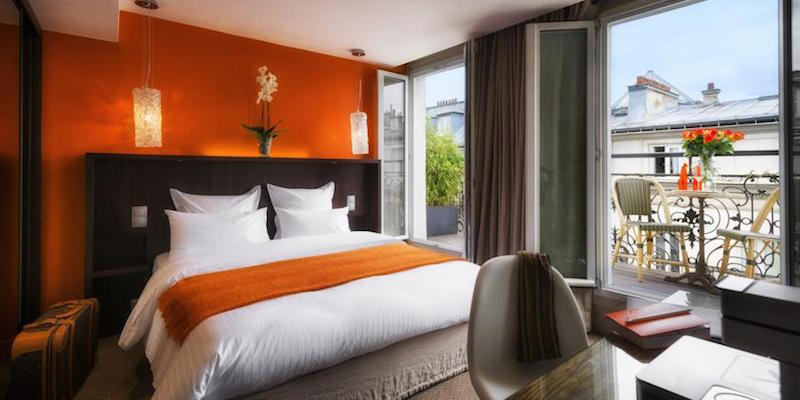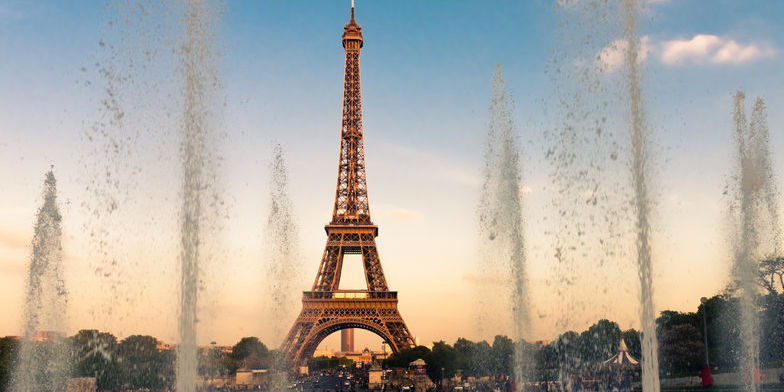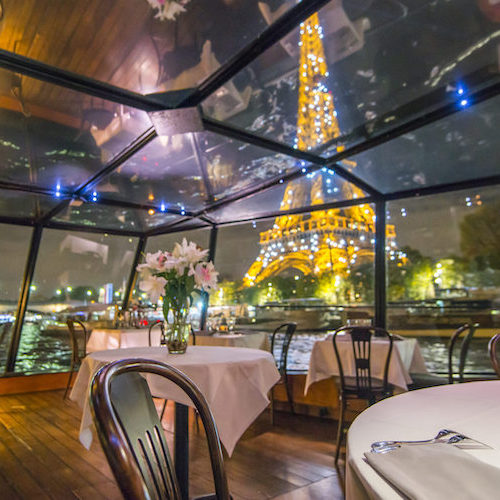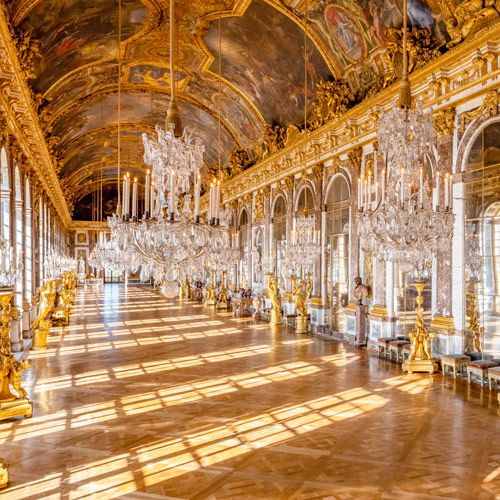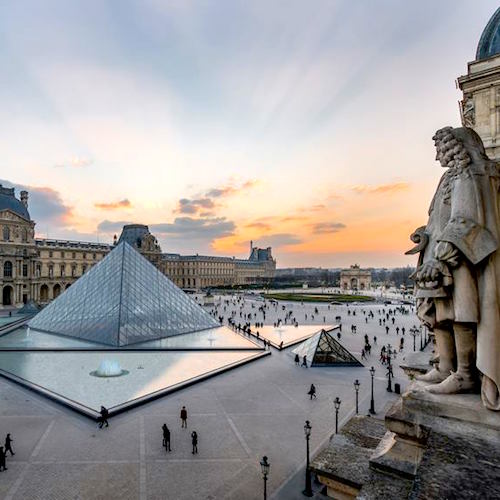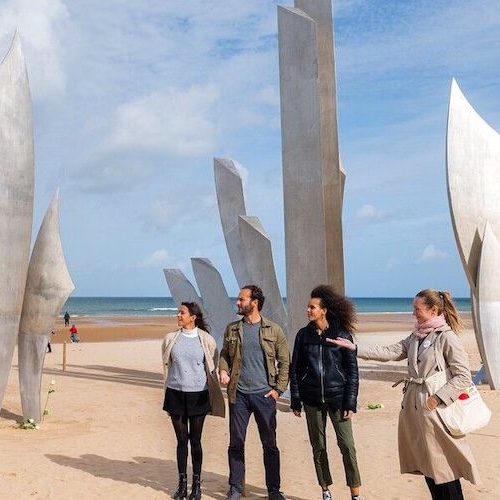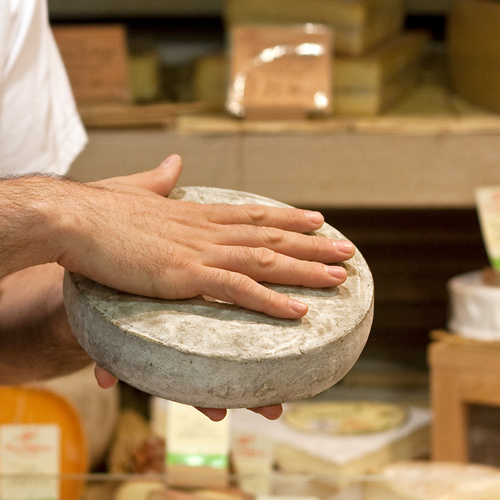Pont Neuf Paris – The Oldest Bridge, With New Ideas
Paris has plenty of bridges, but none come with a name as misleading as Pont Neuf. Despite being called the "New Bridge", it's the oldest one still straddling the Seine. Pont Neuf Paris has been holding things together since 1607, connecting the Right and Left Banks at the tip of Île de la Cité. It's wide, handsome, and has outlived all its wooden predecessors by centuries.
A marvel of modern engineering for its time (the early 1600s), Pont Neuf Paris was built with a little foresight and a lot of stone. It was the first Paris bridge made without houses cluttering the deck, which made room for pedestrians and their opinions, market stalls, and the occasional horse traffic jam. As famous bridges in Paris go, Pont Neuf earns its place the old-fashioned way: by sticking around.
![]()
Discover What's On When You're Here...
• January... |
• February... |
• March... |
• April... |
• May... |
• June... |
• July... |
• August... |
• September... |
• October... |
• November... |
• December... |
Discover What's On When You're Here
• January...
|
• February... |
• March... |
|---|---|---|
• April... |
• May... |
• June... |
• July... |
• August... |
• September... |
• October... |
• November... |
• December... |
The Bridge That Outlived Them All
 Pont Neuf, the "new bridge" that's the oldest in Paris
Pont Neuf, the "new bridge" that's the oldest in Paris
Back when Paris bridges were built from wood, fire, flood, or the occasional barge collision often decided their expiration dates. Pont Neuf changed the game. Commissioned by Henry III in 1578, construction dragged on until 1607 under Henry IV. But when it finally opened, it was a revelation.
For one thing, it was built entirely of stone — limestone blocks, to be precise — which turned out to be an excellent choice for longevity. Earlier bridges had the bad habit of collapsing, burning down, or simply rotting away. Many also carried shops and houses, which only added weight and risk. Pont Neuf ditched that idea entirely.
The design included 12 arches and built-in alcoves for pedestrians to pause, socialize, or take in the increasingly stunning view of Paris. Those little bays are still popular today, mostly for selfies and sandwiches, occasionally at the same time.
A hydraulic structure called the Samaritaine pump was also commissioned by Henri IV in 1602. It was operational by 1608 and stood near the Pont Neuf, supplying water to the Louvre and Tuileries. Its facade featured a bas-relief of Christ and the Samaritan woman, inspiring its name. This landmark operated for over two centuries before its demolition in 1813 and was the source of the name for the 19th-century department store built on the bank nearby.
![]()
Our Top-Rated Paris Experiences
A Gallant Equestrian
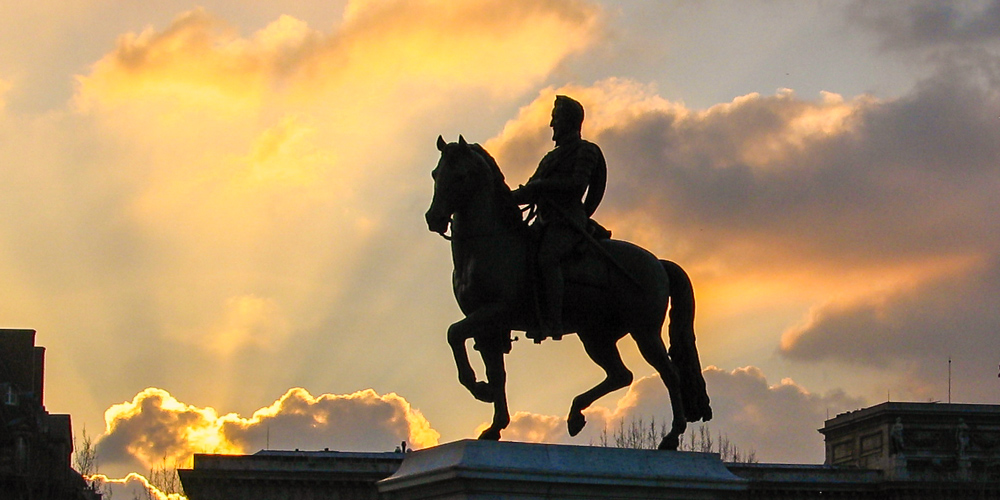 The equestrian statue of Henry IV in 2006, photo by Mark Craft
The equestrian statue of Henry IV in 2006, photo by Mark Craft
No discussion of Pont Neuf Paris is complete without a nod to the statue of Henry IV, who stares sternly from the midpoint of the bridge on his steed. The bronze statue was erected in 1614, just four years after Henry's assassination. It was the first equestrian statue in Paris and quickly became a symbol of royal authority.
That symbolism didn't go over well during the French Revolution. In 1792, as revolutionary fervor swept through Paris, the original statue of Henri IV was torn down and its bronze melted for cannonballs. But Parisians are nothing if not tenacious: when the monarchy was restored following the reign of Napoleon, a new statue was commissioned to honor the much-loved king.
Cast in 1818 by sculptor François-Frédéric Lemot, this new monument carried a touch of poetic justice — its bronze was salvaged in part from melted statues of Napoleon, including from the Vendôme Column. Legend has it that, as a secret gesture of defiance, a carver sympathetic to Napoleon slipped anti-royalist pamphlets into the belly of the horse.
More officially, four boxes filled with royalist documents, coins, medals, and works celebrating Henri IV were also hidden inside the statue — though not in the base, as is sometimes thought, but within the horse itself. Today, the statue stands on Pont Neuf as a layered symbol of Paris's turbulent history and enduring spirit.
Henry IV's nickname, "Le Vert Galant," means "The Green Gallant," a nod to Henry's enthusiastic romantic life and his knack for diplomacy. Just below the statue is a quiet garden named in his honor: Square du Vert-Galant, a small, wedge-shaped park dangling from the tip of Île de la Cité.
![]()
|
Paris Dinner Cruises on the Seine Dine in style as you glide past the Eiffel Tower, Notre-Dame, and the Louvre on a magical Seine River cruise. Gourmet food, champagne, and Paris lit up at night – it’s unforgettable. |
|
Paris Dinner Cruises on the Seine Dine in style as you glide past the Eiffel Tower, Notre-Dame, and the Louvre on a magical Seine River cruise. Gourmet food, champagne, and Paris lit up at night – it’s unforgettable. |
Pont Neuf Paris & The Public
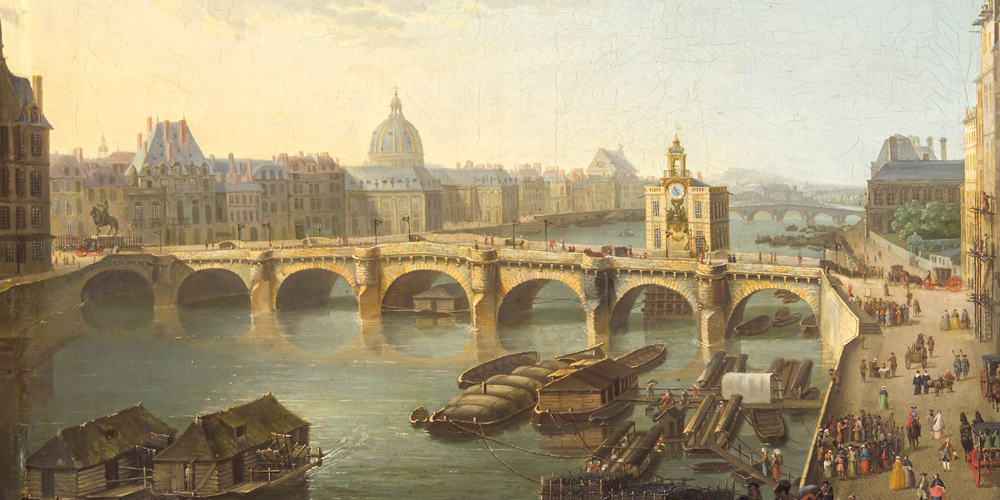 Pont Neuf seen in 1743 with the Samaritaine pump, by Hyacinthe de La Pegna, photo Wikimedia
Pont Neuf seen in 1743 with the Samaritaine pump, by Hyacinthe de La Pegna, photo Wikimedia
In its heyday, long before the automobile muscled its way onto its surface, Pont Neuf was the social media platform of the 17th century. It was wide enough for people to gather, stroll, sell goods, and make mischief. Vendors, acrobats, gossipers, pickpockets — the whole spectrum of Parisian society showed up here.
This was where the average Parisian met the less-average Parisian. Royal proclamations were posted here, and news traveled via word of mouth across its limestone span. It was also the first bridge in Paris to offer sidewalks, separating pedestrians from horse-drawn chaos.
Today, while the acrobats are fewer and the horses long gone, Pont Neuf still plays host to a steady stream of admirers. It's a favorite spot for photographers, flâneurs, and the occasional couple with a bottle of wine and nowhere better to be.
![]()
|
Browse our hand-picked Paris hotel deals with real-time discounts of up to 20%. Stay in the Marais, Saint Germain, the Latin Quarter, the Left Bank near the Eiffel Tower… every arrondissement is on the list. |
|
Browse our hand-picked Paris hotel deals with real-time discounts of up to 20%. Stay in the Marais, Saint Germain, the Latin Quarter, the Left Bank near the Eiffel Tower… every arrondissement is on the list. |
Connecting Banks, Connecting Time
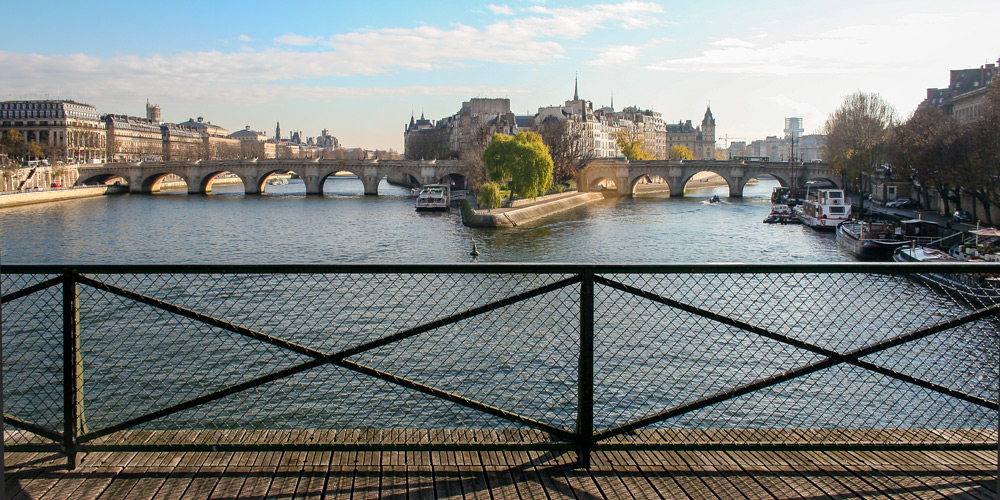 The arches of Pont Neuf seen from the Pont des Arts, photo by Mark Craft
The arches of Pont Neuf seen from the Pont des Arts, photo by Mark Craft
Pont Neuf Paris doesn't just connect the Seine's banks. It connects centuries. At one end, you step off into the bustling Right Bank. At the other, you land on the literary Left Bank. And in between? A link to the heart of medieval Paris, Île de la Cité, home to Notre-Dame and the former royal palace, the Conciergerie.
![]()
|
Skip the famously long lines and head straight to the top of the Eiffel Tower. With a guide to lead the way, you'll be taking in the panoramic views while everyone else is still waiting below. |
|
Skip the famously long lines and head straight to the top of the Eiffel Tower. With a guide to lead the way, you'll be taking in the panoramic views while everyone else is still waiting below. |
